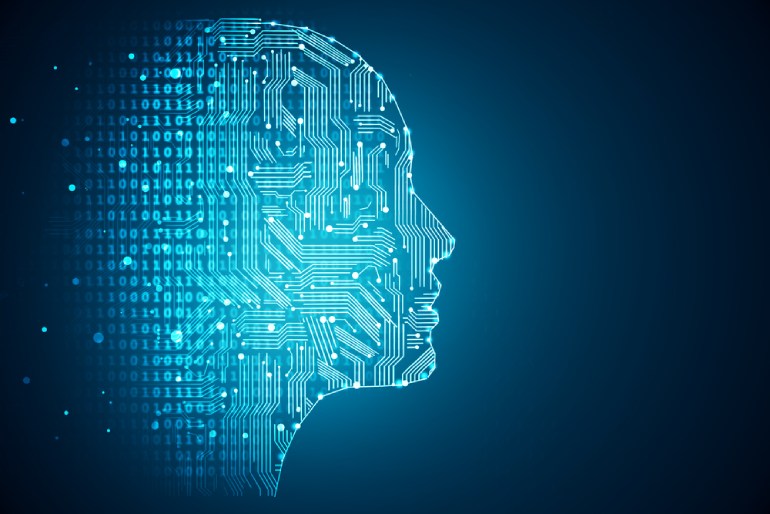 Artificial Intelligence (AI) made targeted digital marketing possible in the first place—and with every further development the results become more accurate. Until recently, Machine Learning (ML) was the most modern method for predicting user decisions, but its further development, Deep Learning (DL), has refined the approach and can achieve more precise results.
Artificial Intelligence (AI) made targeted digital marketing possible in the first place—and with every further development the results become more accurate. Until recently, Machine Learning (ML) was the most modern method for predicting user decisions, but its further development, Deep Learning (DL), has refined the approach and can achieve more precise results.
But what exactly is the difference between these technologies? The following definitions help to differentiate machine learning from deep learning:
- Machine learning (ML) refers to algorithms that analyze data, learn from that data, and then apply what has been learned to make informed decisions. However, machine learning still requires the involvement of a person who provides the definitions necessary for categorization, interprets the data and checks how accurate the predictions are. This means that machine learning can only be as good as the input and the rules with which it is “fed” by the human users.
- Deep learning (DL) is the next step in development that makes it unnecessary for people to make the rules. In deep learning, this is done by neural networks instead, which check and interpret data and predictions or adapt algorithms. Deep learning can also identify and respond to unforeseen situations that users did not expect; hence, it seems to “think”, “learn” and “make decisions”.
With DL, even subconscious and not knowingly controlled intentions of users can be recognized and used. DL does not work according to specifications but learns in a targeted manner from all the data collected to achieve the best possible results. There is no subjective influence, such as the specification of business rules, which inevitably includes pre-categorization of human behavior.
The benefits of DL for targeting campaigns can be summarized as follows:
- DL learns independently and writes new rules without reprogramming.
- No rule-based algorithms are required that must be written by programmers.
- DL makes it possible to find further connections between different amounts of data (even hidden ones).
- Structured / organized / categorized data is not required.
- DL recognizes opportunities in a “chaotic”, less predictable environment.
Be it ML or DL, there is no such thing as a “one size fits all” tool. However, DL is particularly superior when large amounts of data are available. One application where DL is clearly beneficial is, for example, product recommendations: DL algorithms determine a “footprint” with every purchase made of the probability customers who viewed or bought certain products will also buy other certain products. DL learns from the behavior of all customers and can suggest certain goods based on this, since customers with similar user behavior were also interested.
But apart from these examples, it is not necessary to play DL and ML against each other. It is more about finding out what is best for a company and the task at hand.
By Daniela La Marca


